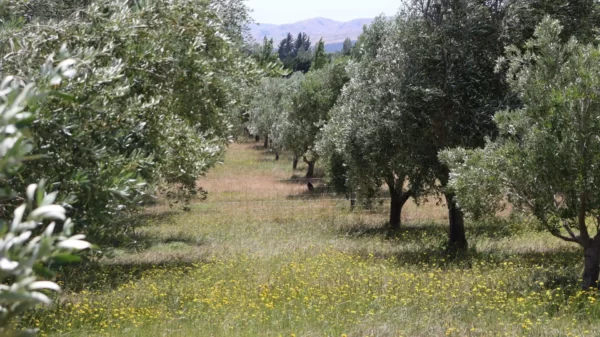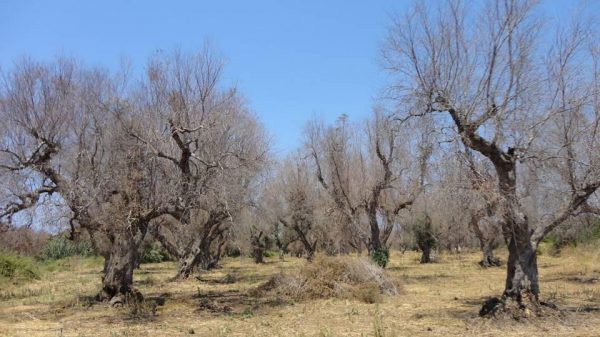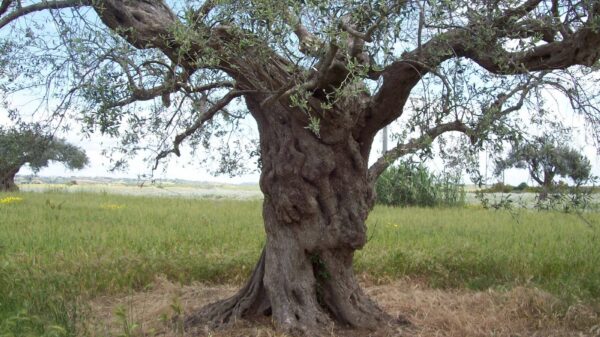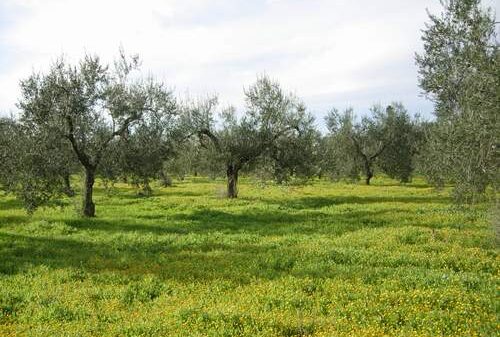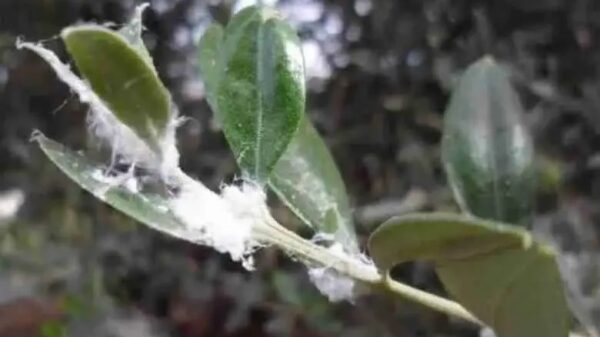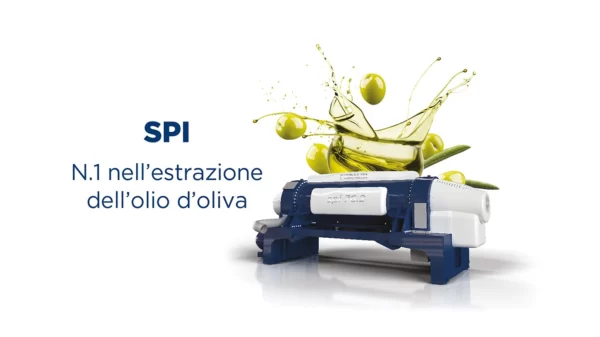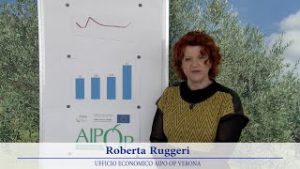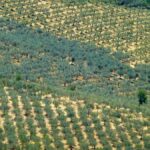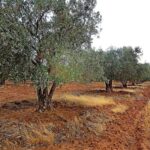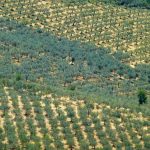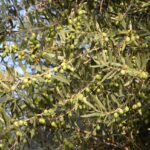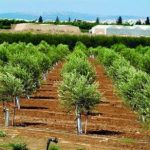“Rather than the most productive variety, we should begin to favor the one that has the best environmental compatibility, because climate change requires us to change the paradigm of Italian olive growing”.
 On the occasion of World Biodiversity Day, Barbara Alfei (in the picture), panel leader Assam Marche but above all "godmother" of National Review of Monovarietal Oils – that is to say the appointment par excellence that enhances olive biodiversity – warns against the risks we are facing.
On the occasion of World Biodiversity Day, Barbara Alfei (in the picture), panel leader Assam Marche but above all "godmother" of National Review of Monovarietal Oils – that is to say the appointment par excellence that enhances olive biodiversity – warns against the risks we are facing.
“The full dignity of biodiversity - he explains - is given by enhancing the varieties selected over the centuries, albeit in an empirical way, on the basis of the climate, the soil and the ability to deal with parasitic adversities. But be warned, looking only at productivity has made sense up to now. Now, in times of climate change like the ones we are experiencing, we need to take a step forward and start favoring those native varieties that give more guarantees in terms of environmental compatibility".
What they are is certainly not possible to identify on paper. Certainly today, on the more than 550 cataloged varietiesLittle less than 200 they could be those that are fully part of the Italian production, also from what can be deduced from the 19 editions of the aforementioned Rassegna dei monovarietals. A significant number, demonstrating the extraordinary biodiversity of the national olive-growing heritage, especially when compared to that of other countries. Just think that to get to the 58% variety most widespread and produced in Italy, it must be contemplated well 24, according to a study elaborated at the time by George Panels, among the most authoritative figures in the world of oil, namely Coratin (by itself 8%), Ogliarola Salentina and Cellina di Nardò (before Xylella together with Coratina they accounted for 19% of national production), Carolea, Frantoio and Leccino (with these other three we reach 33%), then Ogliarola Barese, Moraiolo, Bosana and Cima di Mola (the roof thus rises to 44%) and finally Dolce di Rossano, Ogliarola Messina, Ottobratica, Nocellara del Belice, Moresca, Carboncella, Itrana, Caninese, Sinopolese, Nocellara Etnea, Grossa di Gerace , Tondina, Taggiasca and Rotondella.
In Spain beyond the 50% is given by three varieties, in Greece and Portugal only with three varieties is the 90% of national production, even in Morocco almost all of it is given by a variety. And although in these countries, as in the others where olive growing has an important weight, other varieties are now starting to be valued, they will never reach those present in Italy. This is why biodiversity represents an added value for our country. And that is why World Day deserves to be celebrated in all its profound meaning.
